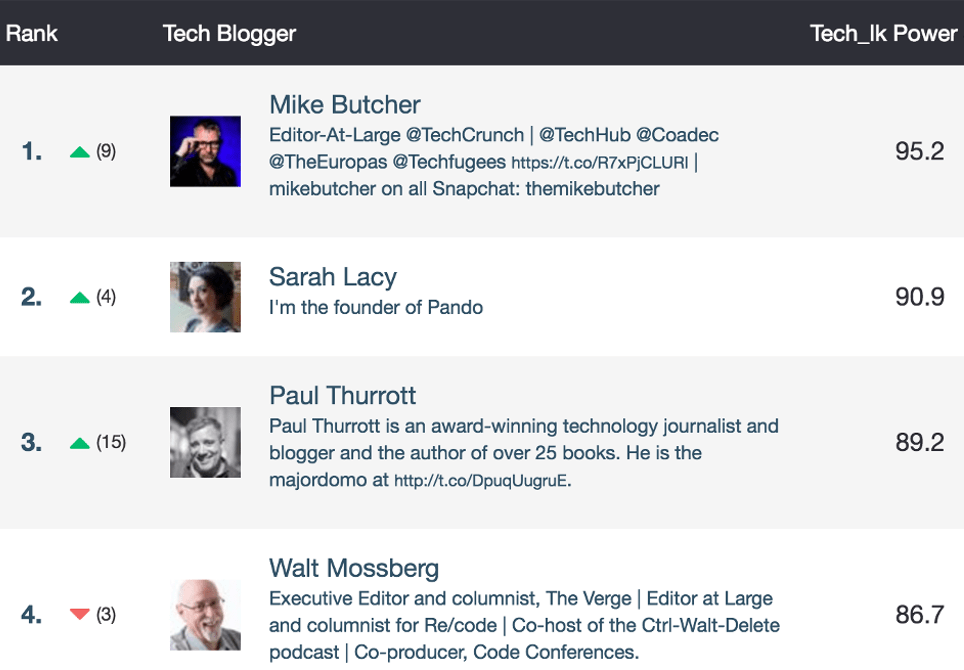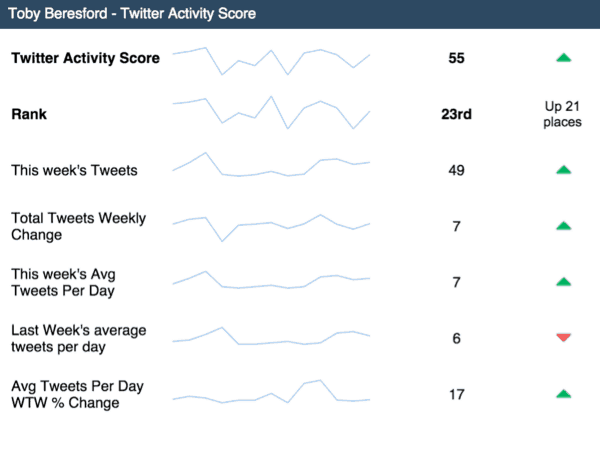Measuring and Recognizing What Matters at Work

This is the 5th in a series on the use of leaderboards and other strategies to encourage students to reflect on their performance.
As we continue to think about the implications of leaderboards on student achievement, it is important to understand what leaderboards are actually measuring and displaying. In our previous posts, we have heard from our colleagues about how leaderboards should be used to demonstrate growth by all, not fixated on who mastered a few skills first. This more expansive view of leaderboards is shared by Toby Beresford, founder and CEO of Rise, who asks, “Will everything be reduced to a personal spreadsheet with some of it shared on a public leaderboard?”
Concerns about the competitive element of leaderboards have been generally dismissed by tech-savvy employees who consider this type of real-time tracking and peer-to-peer feedback normal. In general, they agreed with Beresford, who said: “Leaderboards are an influence tool for the 21st century. They offer instant social proof and performance benchmarking for today’s staff.”
For employees who bring their own devices to work, inhabit multiple social networks and demand rapid feedback, the simple leaderboarded approach to gamification works. Beresford cautions us to be careful of not making the mistake of “counting the leaves but not counting the fruit.” He warns us that “leaves are often easiest to see and therefore measure. This is certainly true of the fig tree where the gigantic, bright leaves dwarf the tiny fruit. Every time we measure ‘the wrong thing’ at work, we make the mistake of counting leaves not fruit. One thing is for sure, we get more of what we measure.”
Recognition Systems
As educators think about what to measure and display using leaderboards, we can look to our business contemporaries for possible types of recognition systems. In the examples below, there is a focus on the use of badges to demonstrate successful performance. Badges are growing in popularity with the micro-credentialing movement.
1. Culturally Supportive Activities: Those activities that support the company values and are consistent with the culture of the organization warrant a badge. For example, if superior customer service is a defined value, then going the extra mile to resolve a problem for a customer deserves a badge.
2. Contained Ecosystem: Unlike Facebook or Twitter, the organization is a self-contained ecosystem. There are a finite number of people who can “like” or “follow” an employee (or in this case, give them a badge), so there is no motivation to simply go for numbers.
3. Encouraging Recognition of Many: Building in the ability to recognize more than one co-worker when awarding a badge will encourage people to recognize everyone associated with a particular success; for example, including the prompt “who helped Sally earn this badge” into the process of awarding a badge and allowing multiple employees to be selected at one time.
4. Earning Versus Awarded: When you see someone doing something worth recognizing, give them a badge. Anyone in the organization can award a badge to anyone. Initially, the system will encourage everyone to catch each other doing something well.
Dashboarding, discussed by New Tech Network’s Tim Presiado in post #3, is a critical aspect of continuous improvement. Beresford uses a dashboard like the one below to monitor his twitter activity and improve his social media status.

Have advice on leaderboards or performance monitoring? Questions? Examples? We’d love to hear from you. Comment below or email our [email protected].
For more, see:
- Leaderboards: Learning Lessons From Research & Gamification
- Reflecting on Performance
- Reasoning Minds Deserve Thoughtful Progress Monitoring
- To Leaderboard or Not: The Art of Motivating and Monitoring Performance
Stay in-the-know with all things EdTech and innovations in learning by signing up to receive the weekly Smart Update. This post includes mentions of a Getting Smart partner. For a full list of partners, affiliate organizations and all other disclosures please see our Partner page.





0 Comments
Leave a Comment
Your email address will not be published. All fields are required.